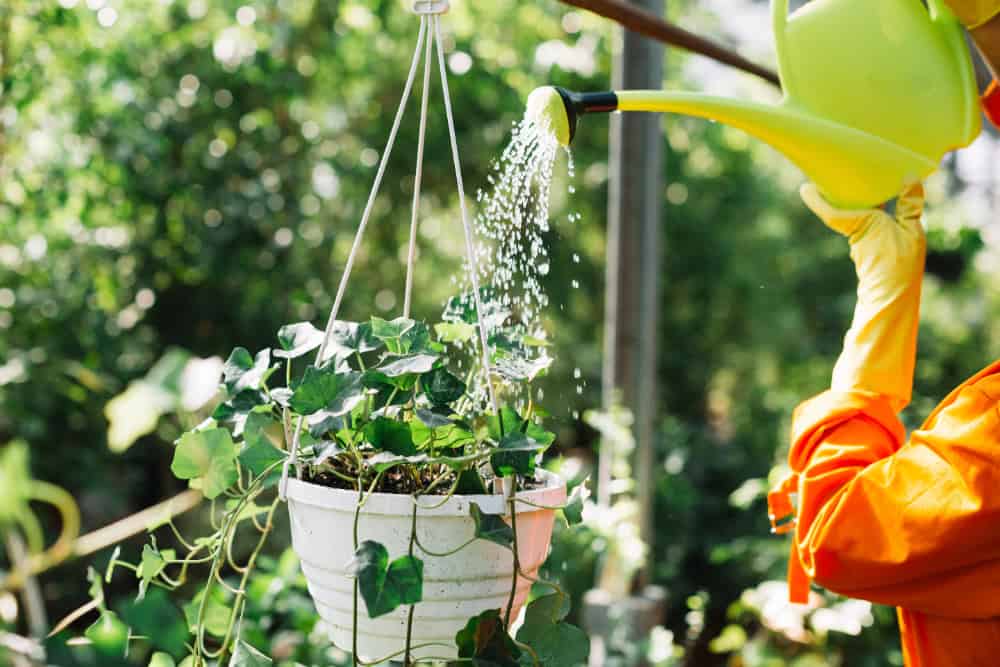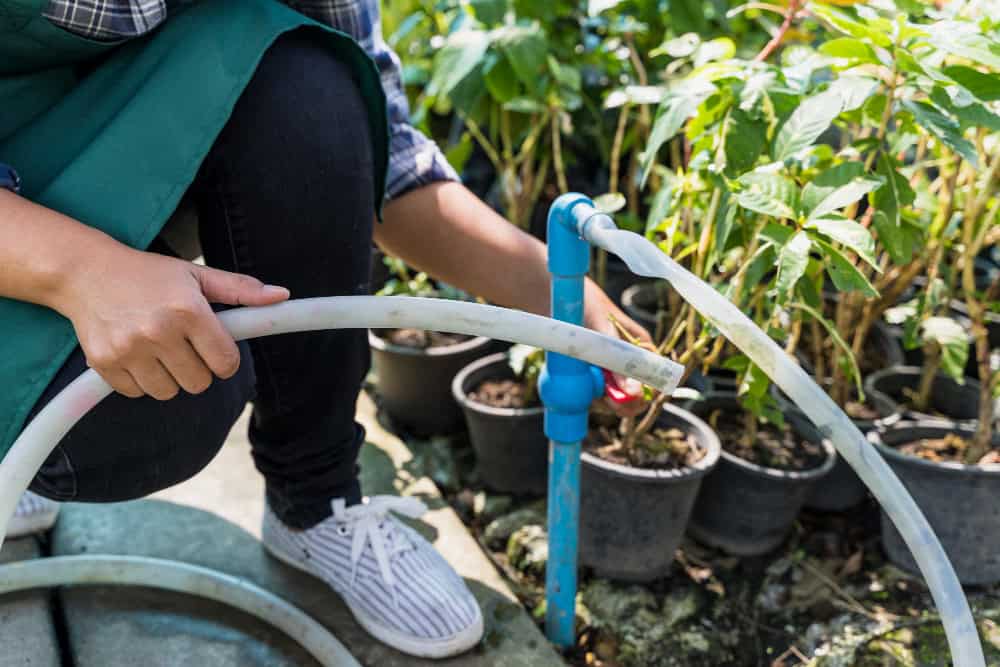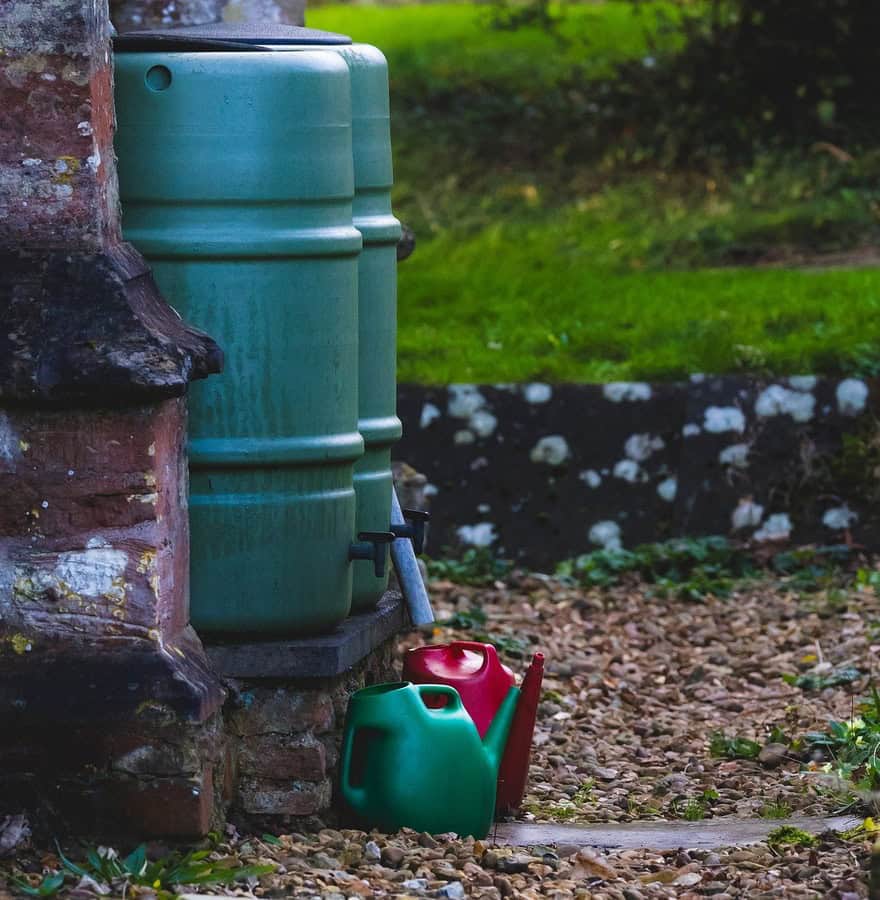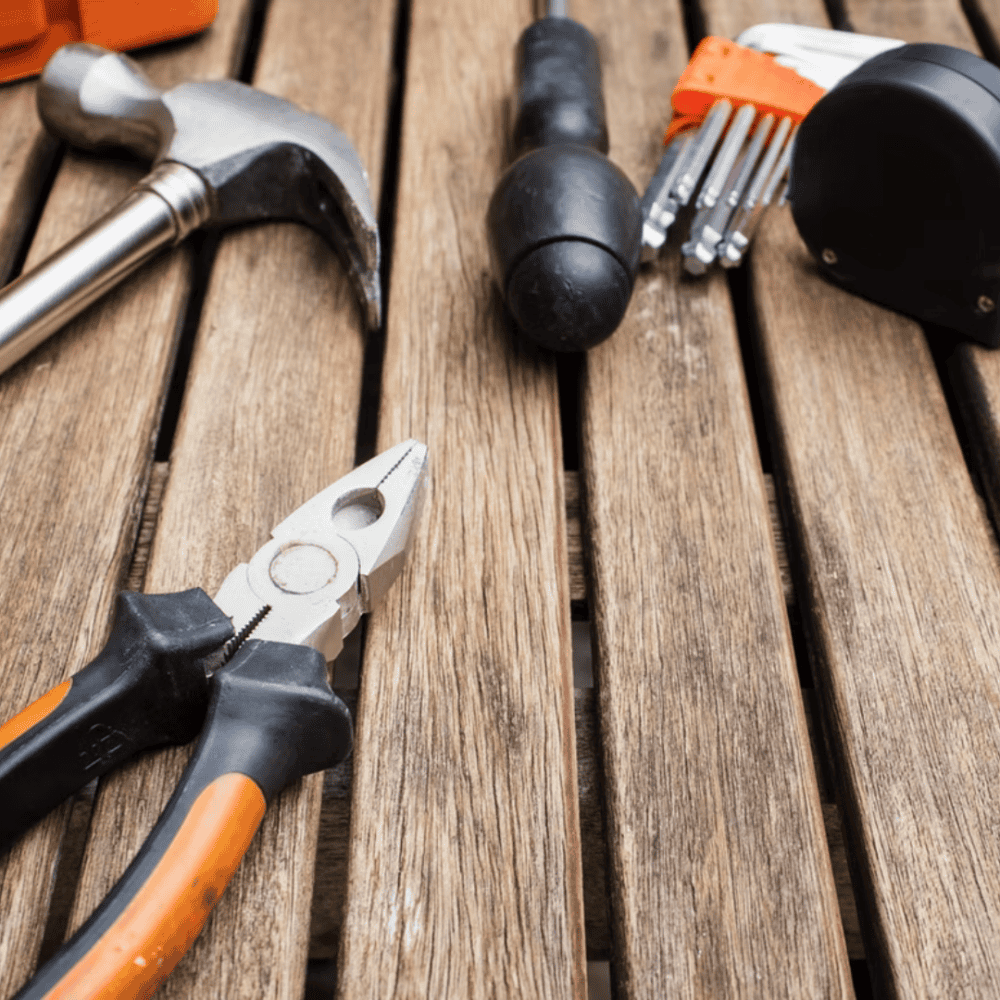
Water The Garden Headache
Table of Contents
Gardening can be a rewarding experience, but Water can be the Garden Headache and can be frustrating when you encounter persistent issues. Whether you’re dealing with inconsistent moisture levels, poor irrigation systems, or unexpected plant health problems, watering your garden can sometimes feel like a headache. Let us explore common watering challenges together with expert-backed solutions to keep your vegetable garden thriving.
Overwatering and Underwatering

One of the most common problems gardeners face is determining the right amount of water for their plants. The best way to ensure healthy roots is to understand how much water each type of plant needs.
Signs of Overwatering
Yellowing or wilting leaves
Mold or fungal growth on the soil surface
Root rot, which leads to weak and dying plants
Signs of Underwatering
Dry, brittle leaves
Soil pulling away from the edges of containers or garden beds
Stunted plant growth
Solution
Use a moisture meter to gauge soil moisture levels.
Water deeply but infrequently to encourage strong root growth in the root zone.
Mulch around plants to retain moisture and reduce evaporation.
Avoid frequent light watering, as it can lead to shallow root development.
Poor Irrigation Systems

If your garden’s watering system is inefficient, plants may not receive the hydration they need. This is especially important for vegetable plants and young plants, which require consistent moisture.
Common Issues
Uneven water distribution
Clogged or broken drip irrigation lines
Sprinklers wasting water on non-plant areas
Solution
Regularly inspect irrigation systems for blockages or damage.
Adjust sprinklers to target plant beds rather than paved areas.
Consider installing a soaker hose or drip irrigation system for better efficiency.
Use a watering wand to control the amount of water applied directly to the root zone.
Watering at the Wrong Time
Watering at the wrong time of day can lead to water loss and increased plant stress.
Best Time to Water
Early morning (before 10 AM) is ideal because the soil absorbs moisture before the sun evaporates it.
Late afternoon is an alternative, but ensure plants dry before nightfall to prevent fungal diseases.
Solution
Set a schedule for early morning watering to maximize absorption.
Avoid watering during the heat of the day to reduce evaporation.
Use a rain gauge to monitor how much water your garden receives naturally.
Local Water Restrictions and Drought Conditions

Many areas impose water restrictions due to drought, making garden irrigation challenging. Hot weather can also lead to excessive sweating and fluid loss, affecting overall health.
Solution
Collect rainwater using barrels to supplement garden irrigation.
Choose drought-resistant plants that require less water.
Apply xeriscaping techniques, such as using gravel or native plants, to reduce water dependence.
Monitor water consumption to avoid waste.
Soil Drainage Problems
Poorly draining soil can either hold too much water or drain too quickly, affecting plant health. Heavy clay soils tend to retain too much moisture, while sandy soils drain too quickly.
Solution
Amend heavy clay soils with compost and organic matter to improve aeration.
Use raised beds or mounds for plants that require well-draining soil.
Ensure pots and container plants have adequate drainage holes.
Consider creating a dry creek bed to redirect excess water.
Water and Health Implications
Watering your garden isn’t just about plant health—it can also impact human well-being. Dehydration from working outside in the sun can lead to heat exhaustion and frequent dehydration headaches.
Solution
Drink lots of water and aim for several glasses of water throughout the day. Be mindful of common migraine triggers, such as dehydration and hot weather as
Water can help migraines? Staying hydrated may reduce migraine headaches and cognitive function decline. If you experience migraine attacks, consult a healthcare professional for treatment options.
Conclusion
Watering your garden should not be a constant headache. By understanding common watering issues and implementing these expert-backed practical solutions, you can maintain a healthy plant environment with minimal stress. Pay attention to your plant’s needs, invest in efficient irrigation systems, and follow the best tips for watering at the right time.



